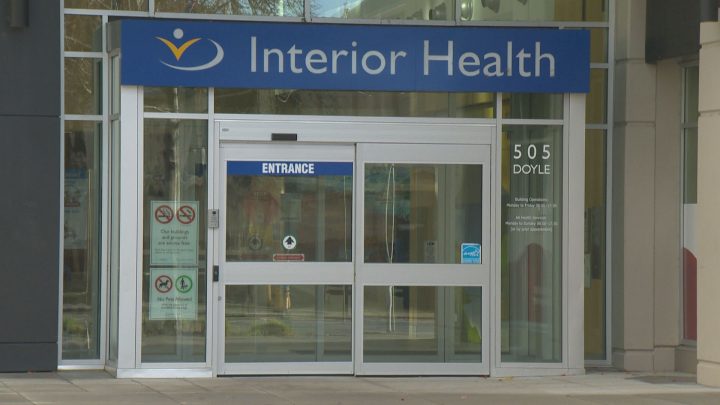A new initiative to hopefully address what is being called an urgent need for lab staff in the Interior Health region is sparking uproar from trained lab assistants.

New job postings for a lab phlebotomist, whose primary role is to draw blood, only require a Grade 10 education and a year of relevant experience.
The job description, however, is similar to a lab assistant role, which requires up to a year of post-secondary education.
In an email to Global News, an Interior Health lab assistant said the new postings make their education feel obsolete.
“This is a major public safety concern and a kick in the teeth to the front line lab assistants who have been working so hard to now just be undermined by Interior Health,” wrote an Interior Health lab assistant, who Global News has provided anonymity to protect their employment.
According to Interior Health, the lab phlebotomist role is new and requires on-the-job training.
“The phlebotomist role is strictly focused on blood collection or venipuncture. So, it’s splicing that task that is part a medical laboratory assistant scope of practice and it’s focusing only on the blood collection piece,” said Interior Health’s Pathology and Laboratory Services corporate program director Joanne Isber.
“There’s a 12-week program that involves theory and eight weeks of hands-on practicum in the hospitals to support their training. And to make sure that they’re competent in what we need them to do.”

Get weekly health news
Isber went on to say that the majority of medical lab assistants (MLA) who go through the Thompson Rivers University program receive an eight-week practicum.
“We’re also giving an eight-week practicum with the phlebotomist with a focus of only venipuncture collection (drawing blood) and the process around that,” said Isber.
“MLAs coming in from other programs, their scope of practice is bigger. They learn more about the other disciplines of laboratory medicine, understanding microbiology and pathology and transfusion. And we’ve got lab assistants working in all of those disciplines.”

Wages between the two positions is also similar. A lab phlebotomist lists a starting wage of $24.04 compared to a $25.31 starting wage for lab assistants.
“Job description was developed in accordance with collective agreement in terms of process and classification benchmarks. The organization does not assign the compensation piece, that’s done through collective bargaining,” said Isber.
Interior Health has hired five phlebotomists already and is hoping to hire another 11 to 12. This is on top of 60 vacancies throughout the region for medical lab assistants.
“MLAs are vital to the lab program and to our health care system so there’s no intent to eliminate the collection from them. That phlebotomist role is really to complement the MLA, to reduce some of the workload with the high vacancies that we’re seeing,” said Isber.
“This is an opportunity for us to be innovative and ensure really, that we can keep collection services available to our patients both in the community and in acute care.”





Comments